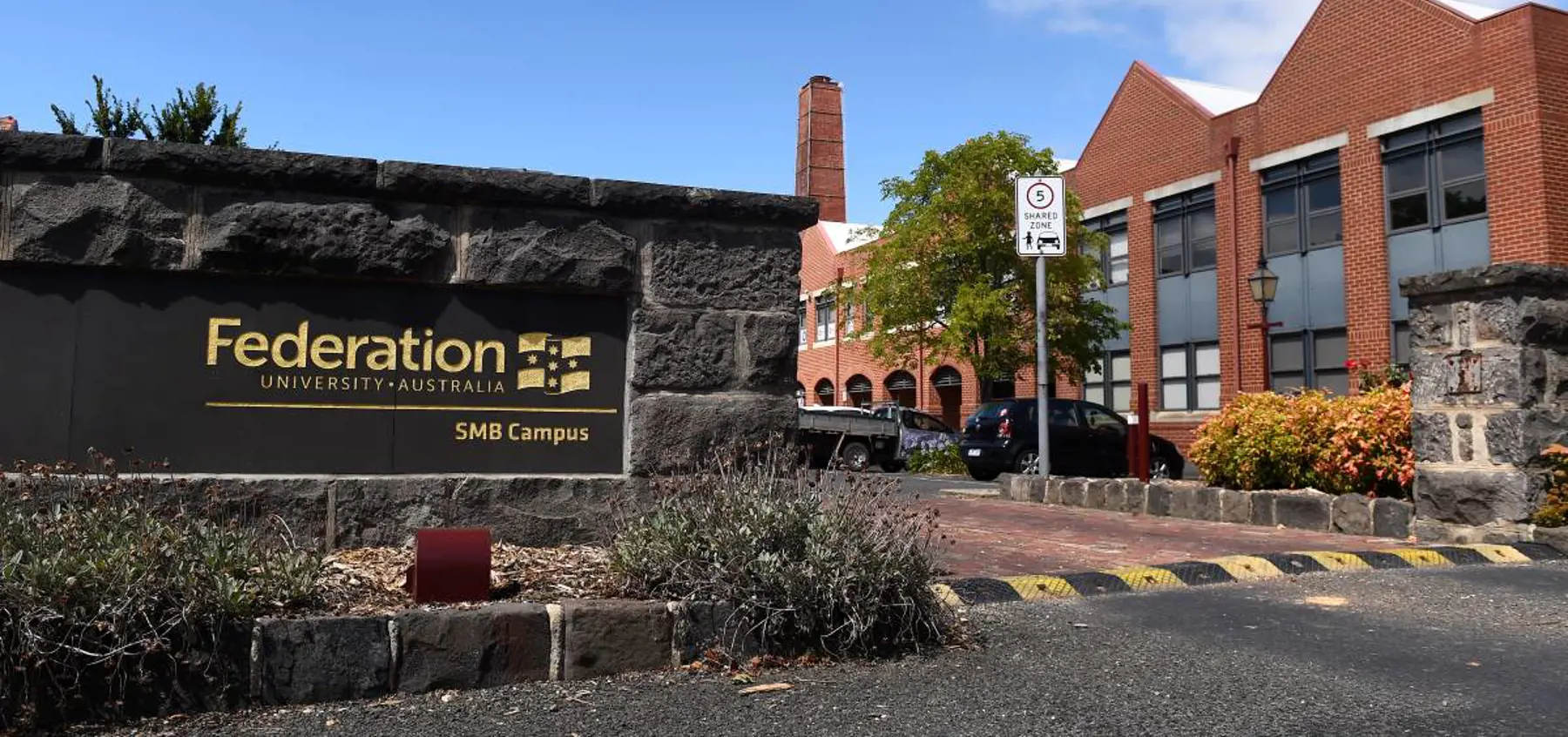Federation University launches election priorities: Investing in regional universities key to achieving Australia’s education goals

Australia's ambition to have 80 per cent of its workforce hold a university or TAFE qualification by 2050 hinges on addressing the stark disparities in education access between big cities and regional areas, Federation University Vice-Chancellor Professor Duncan Bentley says.
Federation University is calling on the major parties to commit to boosting the capacity of regional universities, outlining its vision in the Federation University Election and Policy Priorities 2025-2028 Paper, which was launched today.
Federation University operates campuses across Ararat, Ballarat, Berwick, Horsham and Gippsland.
Australia’s major cities boast high university attainment rates due to geographical and socio-economic advantages, but regional communities lag far behind, with only 40 per cent of people holding any sort of tertiary qualification and 20 per cent holding a bachelor’s degree or above.
"If the Government is serious about reaching its 80 per cent by 2050 target, the heavy lifting must be done in regional and outer suburban communities, where more than a quarter of Australia’s population lives but tertiary attainment rates are very low," Professor Bentley said.
Federation University is calling for targeted investment to enhance its regional and outer-suburban campuses in Berwick, Gippsland, Ballarat and Horsham and ensure they offer the same high-tech, world-class facilities as their city counterparts.
To complement infrastructure investment, Federation wants support to establish High Growth Community Partnerships, which align education and workforce planning with industry needs, helping students secure jobs in the regions and industry sector that will drive Australia’s future growth.
Professor Bentley says if people in regional areas don't have accessible education pathways, they’ll either bypass tertiary education altogether or leave their community to study in the city, a phenomenon he coins 'city flight'.
"If students leave for better facilities elsewhere, talent drains away, weakening communities and contributing to future skills shortages," said Professor Bentley.
"For people in regional areas to see their local university as a worthy education option, those institutions need to offer the same modern, fit-for-purpose facilities and learning environments as the big city unis.
"Investing in regional universities is not just about producing more teachers and nurses — it's about creating thriving communities and securing Australia's future workforce.
"I understand every dollar is precious – that's why our election priorities are underpinned by a robust partnership model with industry and local business to ensure we boost attainment and engage learners using our innovative 'earn and learn' co-operative education approach."
The University's Election and Policy Priorities 2025-2028 proposal outlines a roadmap to expand opportunities through High Growth Community Partnerships and stronger collaboration between government, business, and regional universities.
- Central Highlands High Growth Community Partnerships Proposal
- Gippsland High Growth Community Partnerships Proposal
- Greater South East Metro Region High Growth Community Partnerships Proposal
- Wimmera Southern Mallee High Growth Community Partnerships Proposal
Federation University Election and Policy Priorities 2025-2028 include
BALLARAT
- $10 million government investment to transform Ballarat CBD into a Co-operative Education and Skills Centre, bringing all student face-to-face learning into the heart of the Ballarat.
- The investment will help transition 3,000 students from Mt Helen to attend classes in Ballarat’s CBD and support them to work in Ballarat businesses under Federation’s ‘earn and learn’ Co-operative Education Model
WIMMERA
The Wimmera Southern-Mallee region is a hub for agriculture, renewable energy, and emerging industries, but without targeted investment in education and workforce training, regional businesses will struggle to secure local talent
- $28 million skills investment package to boost TAFE capacity and create regional learning hubs and mobile rural student support centres;
- $3 million to provide 200 rural students with high-speed satellite internet access and on-campus accommodation;
- 100 Local Engineering TAFE-to-Higher Education Scholarships worth $6 million would encourage TAFE engineering graduates to pursue higher education qualification to meet the growing demands of the Wimmera engineering sector;
- $3 million for an Ararat Student Nursing and Allied Health Clinic and a $5 million investment for a student-led mental health clinic.
GIPPSLAND
- $38 million in priority investment in Gippsland-based projects to create an education-to-jobs pipeline for critical industries like renewable energy, infrastructure, education and health;
- This includes a boost to Gippsland’s Asia Pacific Renewable Energy Training Centre (APRETC), to create a research hub co-located with industry partners to support renewable energy and storage technologies;
- support 200 rural students with high–speed satellite internet access and on-campus accommodation, along with $3 million to award students in need with scholarships to study diplomas as a primer to higher education.
BERWICK
$30 million to build state-of-the-art STEM teaching laboratories to keep students in greater south-east Melbourne and bolster this growing region.
